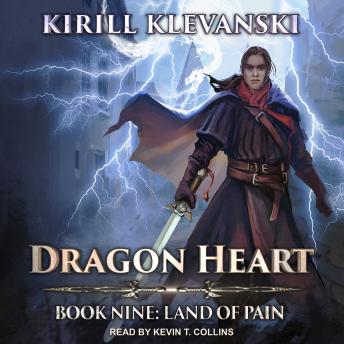
/https://www.thestar.com/content/dam/thestar/business/2010/03/17/brett_wilson_the_dragon_with_a_heart/the_dragon_with_aheart.jpeg)
All members of the writing group had the opportunity to comment on the recommendations and approved the final version of this document. Recommendations were formulated with the use of standard AHA criteria ( Tables 1 and 2). The controversies and approvals for these different approaches are many and currently are not as generalizable as the FDA-approved intravenous administration of alteplase. We have concentrated on intravenous use of alteplase rather than on any interventional or intra-arterial strategies for recanalization. We have also intentionally focused on alteplase rather than on any or all types of thrombolytic agents. Literature search strategies are published as an online-only Data Supplement. However, we included data from international studies in our review of the literature for each exclusion. We did not include international guidelines or other international governmental restrictions on the use of alteplase because it was beyond the scope of this document.
#DRAGON HEART SANGHA BRETT WALKER ACTIVATOR#
However, the differential impact of each exclusion criterion varies not only with the evidence base behind it but also with the frequency of the exclusion within the stroke population, the probability of coexistence of multiple exclusion factors in a single patient, and the variation in practice among treating clinicians.įor our exclusion criteria, we elected to focus only on American Heart Association (AHA)/American Stroke Association (ASA) guidelines and exclusions, warnings, risks, and contraindications based on the US Food and Drug Administration (FDA) package insert, specifically for the only tissue-type plasminogen activator licensed for use in acute ischemic stroke, alteplase. Most other contraindications or warnings range somewhere in between.
#DRAGON HEART SANGHA BRETT WALKER TRIAL#
Some exclusions such as recent intracranial surgery are likely based on common sense and sound judgment and are unlikely to ever be subjected to a randomized, clinical trial to evaluate safety. Several exclusionary criteria have already undergone extensive scientific study such as the clear benefit of alteplase treatment in elderly stroke patients, those with severe stroke, those with diabetes mellitus and hyperglycemia, and those with minor early ischemic changes evident on computed tomography. The document underwent extensive American Heart Association internal peer review, Stroke Council Leadership review, and Scientific Statements Oversight Committee review before consideration and approval by the American Heart Association Science Advisory and Coordinating Committee.Īfter a review of the current literature, it was clearly evident that the levels of evidence supporting individual exclusion criteria for intravenous alteplase vary widely. All members of the writing group had the opportunity to comment on and approved the final version of this document. The writers used systematic literature reviews, references to published clinical and epidemiology studies, morbidity and mortality reports, clinical and public health guidelines, authoritative statements, personal files, and expert opinion to summarize existing evidence and to indicate gaps in current knowledge and, when appropriate, formulated recommendations using standard American Heart Association criteria. Writing group members were nominated by the committee chair on the basis of their previous work in relevant topic areas and were approved by the American Heart Association Stroke Council’s Scientific Statement Oversight Committee and the American Heart Association’s Manuscript Oversight Committee. Customer Service and Ordering Information.Stroke: Vascular and Interventional Neurology.Journal of the American Heart Association (JAHA).




 0 kommentar(er)
0 kommentar(er)
